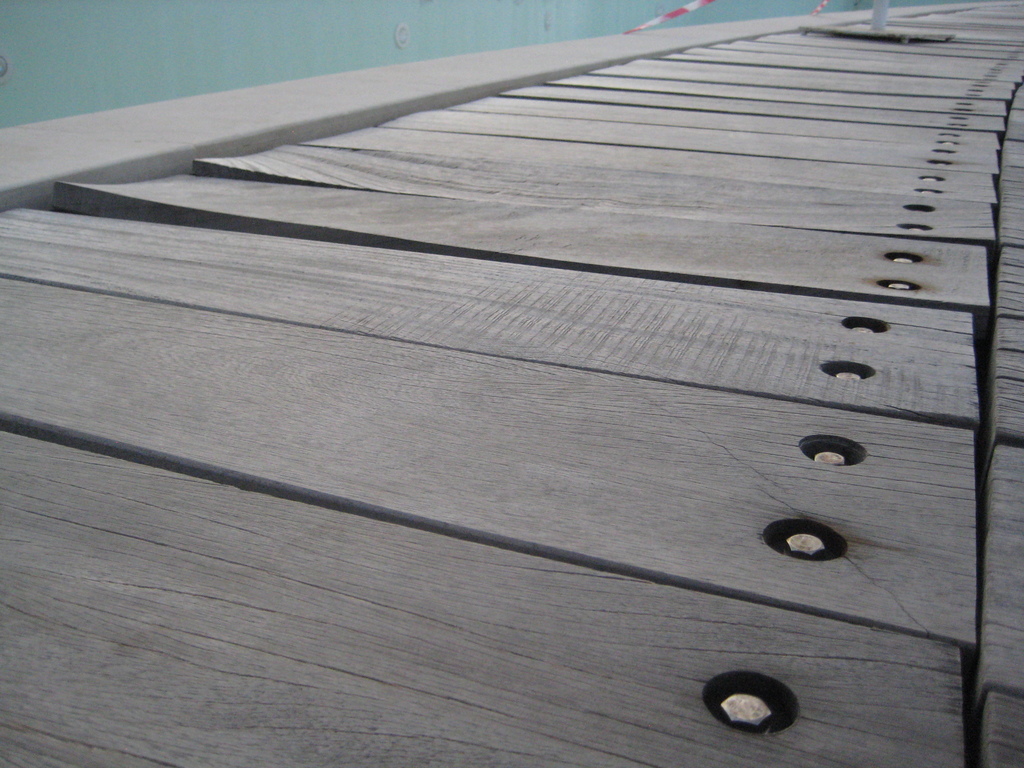
The real cost of decking part 1
Calculating the real cost of decking part 1
Cut price or cut quality
Does this mean the same, I think it does. I have heard far too many clients and contractors suggest that they can get the job done much cheaper, of course they can but do they realise the quality will suffer. If you pay less then there must be either less materials used or the cost of labour has been underestimated. This is apparent across the Landscaping and of course this is echoed in all elements of construction in general.
I would like to open the can of worms on labour charges… and suggest that labour is labour and assuming a difference of 25 – 30% across the UK and when compared to a complete project would represent a cost difference of no more than about 8% and if you correctly present your project proposal to a client this shouldn’t be a deal breaker. But if another company has punted 20% or even 30% less than your 20K there is little chance they have a clue what they are doing… can of worms closed.
The expected service life of a cut priced deck.
Not very long at all, dangerous too. If we could assume that the labour rates have stayed the same and the cheaper quote wins then something has to give and in a decking construction you can bet it’s the joist section, not structurally graded, same for the posts and one can’t be sure about the grade of timber decking or which composite they will use. So if the timber structure has been compromised what about the screws or fixings, I doubt that they will be stainless or even the correct dimension.

That’s the way we have always done it.
I know, so you keep telling me, it doesn’t mean it right. You may have been installing timber structures and once you have wrapped them in timber you can’t see what’s underneath… neither can the client. So one should think about what about the dead load – can the deck even support its own weight? Also what about the live load, what weight can this structure hold before failing? If corners have been cut there can’t be any reasonable suggestion as to what the structure can or can’t support or how long it will last.
Real costs for a proper construction.
Perhaps one should consider the costs for not getting it right, legal action or replacing the project sooner than expected are just some of the considerations. The insurers would not be impressed either way if you can’t back up on paper and demonstrate what you have bought (for the client) or to back up what has been installed (for the installer).
How do you calculate your beam, joist and deck span?
Most structural engineers would scratch their heads on this one; it may be an idea to seek advice from the professionals at TRADA. There, our learned friends are absolute experts and have years of academic study for what is the correct way to connect timber, calculate spans and demonstrate what materials are acceptable.
So let’s suffice to say that there is wealth of knowledge that is available to anyone that wants it, charts and tables that clearly show dimensions, spans, spaces, fixings and stress gradings that all pertain to choosing the right timber section for the job.
So when you quote for a job that has a 1.5kN or 4kN loading and the other quotes are much cheaper you can always refer them to these charts and tables in accordance with EC5 (Euro Code 5 for Timber Standards in Construction) and say “I have quoted exactly for what you have asked”.
The costs explained in the next blog…


